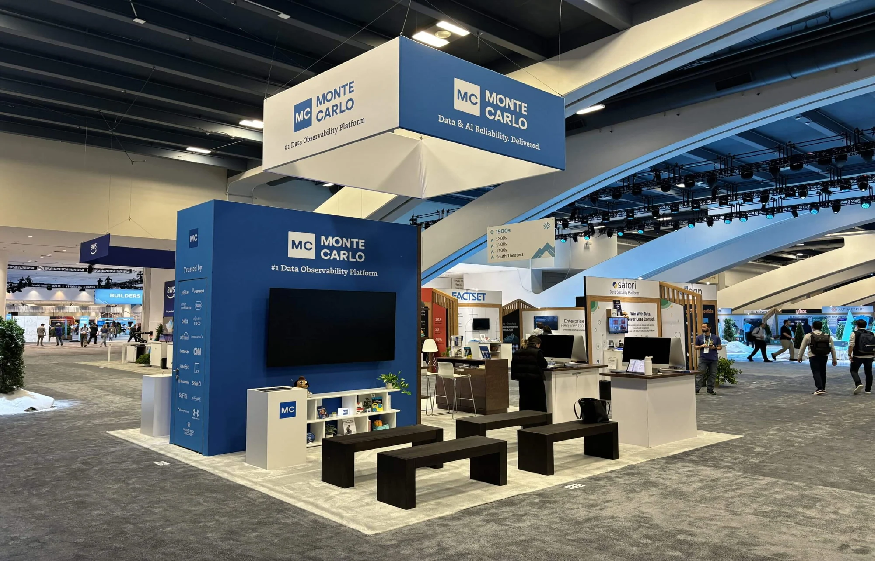Exhibit fabrication is a multidisciplinary process that transforms creative ideas into physical, interactive displays. Whether it’s a trade show booth, museum installation, or corporate showcase, understanding the full process ensures a seamless transition from concept to completion. By following a structured approach, businesses and organizations can deliver exhibits that are engaging, visually striking, and aligned with their objectives.
1. Concept Development
Every successful exhibit starts with a well-defined concept:
- Understanding Objectives: Determine the purpose of the exhibit—brand promotion, product education, or visitor engagement.
- Target Audience Research: Identify the audience’s interests, preferences, and behavior to guide design choices.
- Storyboarding: Map out the visitor journey, highlighting key areas and interactive elements.
- Creative Brainstorming: Explore innovative ideas for themes, structures, and technologies to make the exhibit unique.
A strong concept ensures that every design decision supports the exhibit’s overall goals.
2. Design and Visualization
The design phase translates ideas into a tangible plan:
- 3D Modeling and Renderings: Use CAD or 3D software to create realistic visualizations of the exhibit layout and structure.
- Material Selection: Choose appropriate materials for durability, aesthetics, and budget.
- Prototype Development: Build scale models or mockups to test design concepts and refine details.
- Integration of Technology: Plan interactive elements, lighting, and digital displays for enhanced visitor engagement.
Design visualization helps clients and fabrication teams align expectations and avoid costly mistakes.
3. Fabrication Planning
Fabrication planning ensures that the design can be executed efficiently:
- Determining Fabrication Techniques: Decide between modular, custom, or hybrid construction based on project scope.
- Budget and Timeline: Outline costs and schedule milestones for production, shipping, and installation.
- Technical Drawings and Specifications: Provide detailed instructions for precise construction and assembly.
- Sourcing Materials: Procure high-quality materials and components to ensure durability and aesthetics.
Thorough planning minimizes errors, delays, and budget overruns during fabrication.
4. Fabrication and Production
This is the stage where designs become physical exhibits:
- Custom Construction: Build unique structures using woodworking, metalworking, acrylic, or composite materials.
- CNC and Laser Cutting: Achieve precise, intricate designs with computer-controlled machinery.
- Assembly and Finishing: Apply paint, laminates, vinyl wraps, and other finishes for a professional look.
- Technology Installation: Integrate touchscreens, LED displays, AR/VR setups, or projection mapping as planned.
Quality craftsmanship and attention to detail ensure the exhibit is durable, functional, and visually appealing.
5. Quality Assurance and Testing
Before the exhibit fabrication reaches its final venue, thorough testing is essential:
- Structural Integrity Checks: Ensure all components are safe and stable.
- Technology Testing: Verify all interactive elements, lighting, and multimedia components work seamlessly.
- Final Inspections: Review finishes, graphics, and signage for consistency and quality.
Testing reduces risks and ensures the exhibit performs flawlessly during public display.
6. Transportation and Installation
Exhibit installation requires careful logistics and coordination:
- Pre-Assembly: Assemble large sections off-site to reduce on-site installation time.
- Transportation: Safely ship components, considering fragility and size.
- On-Site Assembly: Install and fine-tune exhibits, making adjustments for venue-specific conditions.
- Compliance and Safety: Ensure the exhibit meets all safety regulations and accessibility standards.
Efficient installation ensures the exhibit is ready on schedule and functions as intended.
7. Post-Exhibit Evaluation
After the exhibit is live, evaluation helps improve future projects:
- Visitor Feedback: Collect insights on engagement, flow, and overall experience.
- Performance Analysis: Measure the exhibit’s effectiveness in meeting objectives, such as lead generation or brand awareness.
- Maintenance Planning: Schedule repairs, updates, or modifications for reusable or modular exhibits.
Evaluation informs future design improvements and enhances long-term ROI.
Conclusion
The exhibit fabrication process is a detailed journey from concept to completion, involving careful planning, innovative design, skilled craftsmanship, and technology integration. By following each stage—concept development, design, fabrication, testing, installation, and evaluation—organizations can create exhibits that captivate audiences, communicate key messages effectively, and leave a lasting impression. Successful exhibit fabrication is a blend of creativity, precision, and strategic execution that transforms ideas into immersive realities.






